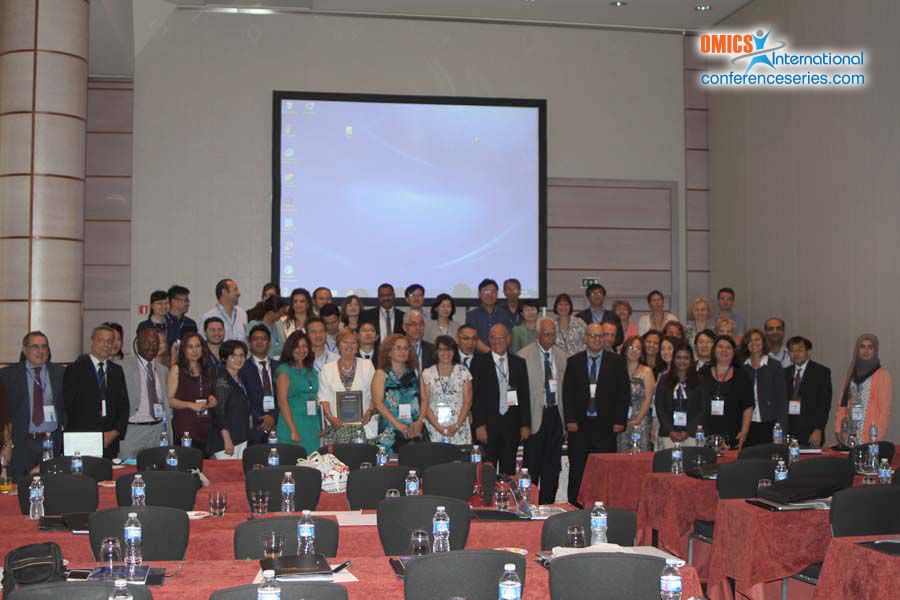
Mengmeng Wang
Pfizer, USA
Title: Skin Metabolism of Biotherapeutics as a Limiting Factor for Subcutaneous Bioavailability
Biography
Biography: Mengmeng Wang
Abstract
Peptide A is an oxyntomodulin analog with a half-life of 1 hr in rats. A Controlled Release (CR) formulation is in development in order to extend the half-life of Peptide A. In this study, in vivo and in vitro experiments were performed to understand the cause of decreased exposure after SC administration with the CR formulation. Peptide A or [125I] Peptide A was administered to rats via IV or SC route. Concentrations in plasma and tissue concentrations, including skin at injection sites were measured by LC/MS or radioactivity. In vitro skin stability study of [1251] Peptide A was conducted. After SC injection of Peptide A in CR formulation to rats, the t1/2 increased to 5 -10 hr, but the AUC decreased 50% in CR formulation compared to that after SC administration with the Instant Release (IR) formulation. In addition, the radioactivity in the skin after IR dosing dropped rapidly in the first 3 hr, but that after CR dosing remained constantly high for 72 hr, before starting to decrease in parallel with plasma concentrations. In vitro stability study demonstrated significant degradation of Peptide A in fresh skin. A major Metabolite (M1) was detected using the HPLC radiochromatography. Results from this study demonstrated that while CR formulation prolonged the systemic t1/2 of the peptide, the metabolism of the peptide in the skin during its prolonged residence could potentially offset its systemic exposure. Thus, caution needs to be taken to balance the increase of half-life and the decrease of exposure while choosing a right formulation
Speaker Presentations
Speaker PDFs
Speaker PPTs Click Here

